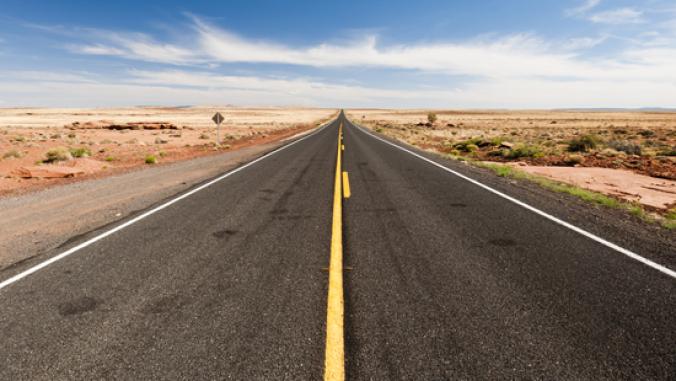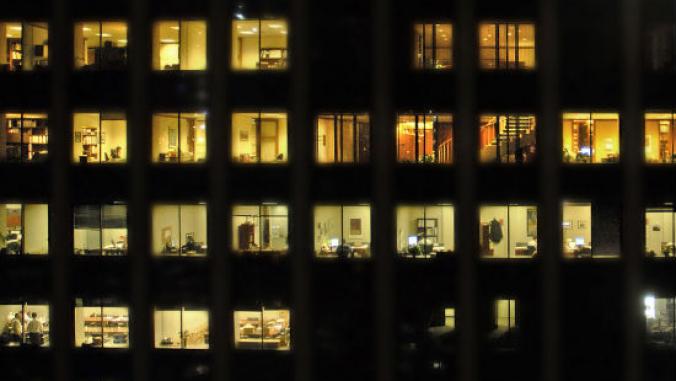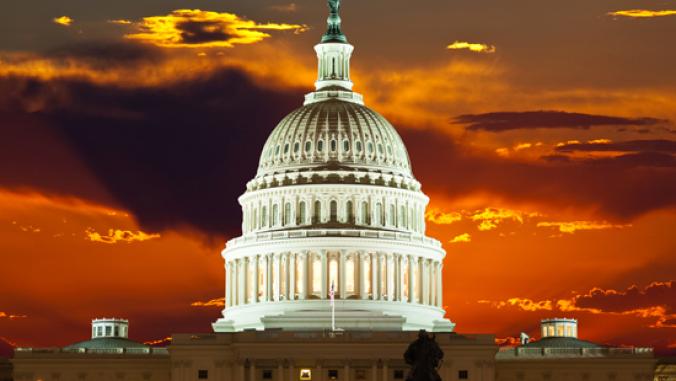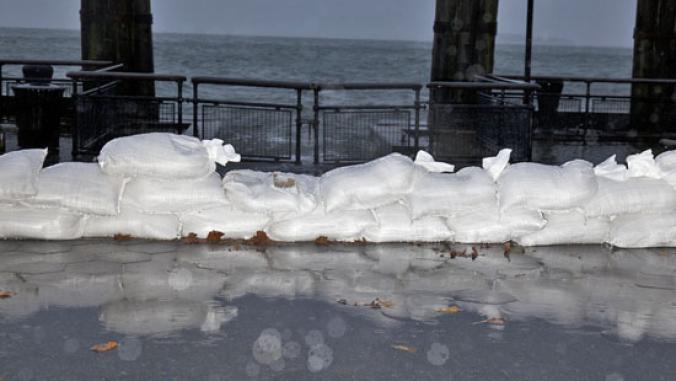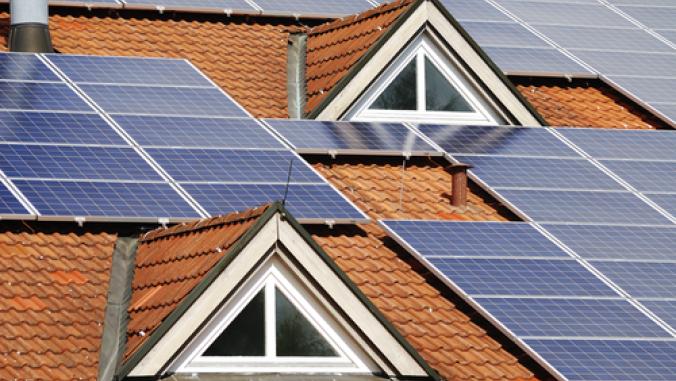The Greener Side of New Orleans
<p>From nature preserves to eco-friendly hotels and sustainable building projects, there are plenty of examples of green businesses and recovery in the greater New Orleans area.</p>

As noted in my last blog, I’m suggesting that travelers visit New Orleans to participate in the revival of this iconic place. Your visit will support the recovery of a city in which tourism is the largest and most crucial economic sector.
To sweeten the deal, here are some recommendations for eco-touring in New Orleans and environs:
As you arrive and depart. If you’re flying into or departing from New Orleans’ Louis Armstrong International Airport, you’ll likely pass over Lake Pontchartrain, which serves as an excellent introduction to the regional ecosystem.
Despite its name, Lake Pontchartrain is a brackish, 630-square mile estuary linked to the Gulf of Mexico and fed by several rivers and bayous (canals). A view of the lake offers a preview of the wetlands system of southeastern Louisiana, whose erosion played such a pivotal role in New Orleans’ 2005 flooding.

Green Hotels. Environmentally-friendly New Orleans hotels include the Astor Crowne Plaza in the French Quarter and the International House Hotel in the CBD. Ninety percent of the lighting at the Astor is energy efficient, and the property has installed low-flow toilets and showerheads, as well as variable speed drives on heating and air pumps. The International House has reduced its energy use by over 70,000 kilowatt hours through the energy-efficient maintenance of heating and cooling systems, by installing programmable thermostats and low flow faucets and showerheads, and by replacing conventional lightbulbs with LEDs and CFLs. The International House also uses environmentally-friendly paints, bath products, cleaning materials and gardening supplies.
Understanding Katrina. If you wish to bear witness to Katrina’s destruction and see some of the most heartening rebuilding efforts, visit the Lower Ninth Ward, the New Orleans district most damaged by the 2005 flooding. You can visit on your own, or take one of the many city tours that incorporate or highlight the Katrina experience. There are many options to choose from. Among them: here, here, here, and here.
The Louisiana State Museum at the historic Presbytere in New Orleans’ elegant Jackson Square has mounted a powerful continuing exhibit on Katrina, its aftermath and the recovery of the city and the surrounding region. The multi-media exhibit revisits the devastation wreaked by the storm, probes the failure of the levees, and educates visitors about the importance of sustainable approaches, including wetlands conservation and green building, to recovery efforts.
Wetlands Areas. Now that you’ve learned about the importance of rebuilding New Orleans’ regional ecosystems in the post-Katrina world, follow up by visiting area bayous and wetlands. One option is the magnificent White Kitchen Preserve and the surrounding swamp areas, located some 35 miles northeast of New Orleans in Slidell, Louisiana. The area, which is fed by the Pearl River basin, is home to languorous cypress forests and a wide array of wildlife, including alligators, turtles and waterbirds. In addition to a public boardwalk maintained by the Nature Conservancy, the surrounding swamps may be visited through numerous private boat tours, including here, here and here.
If you’d like a little hot sauce with your conservation, visit Avery Island, the home of the McIlhenny Company, the maker of Tabasco brand hot sauce, some 2.5 miles southwest of New Orleans. In addition to a tour of the Tabasco plant (now undergoing energy-efficiency upgrades) and the opportunity to buy more Tabasco-themed products than you thought possible, you can visit 170 acres of bird sanctuaries, marshland and oak stands festooned with Spanish moss.
The conservation of Avery Island was undertaken by Edward Avery (“Mr. Ned”) McIlhenny from the 1890s into the 1940s. The island, by seeming to erase the barriers between industry and nature, challenges conventional views on conservation. In addition to Tabasco production, salt has been mined on Avery Island for some 150 years and oil extracted since 1942. It is part of Tabasco lore that these activities have been harmonized with the preservation of native vegetation and wildlife. According to Tabasco, not one tree or bird has been harmed by oil extraction on the island and all pipelines are buried or painted green.
Global Wildlife Center. The Global Wildlife Center, located in Folsom, Louisiana north of Lake Pontchartrain, is a marvel. A 900 acre, non-profit wildlife preserve, the center is home to 4,000 animals, including endangered and threatened species. If you visit, you’ll be able to get up close and personal with free-roaming giraffes, camels, zebras, llamas, deer and other species. The center is a remarkable experience for conservationists, photographers and kids of all ages.
Image Credits -- Photo of French Quarter greenery CC licensed by Flickr user David Paul Ohmer. Sunset at Lake Pontchartraine via Shutterstock.com.

